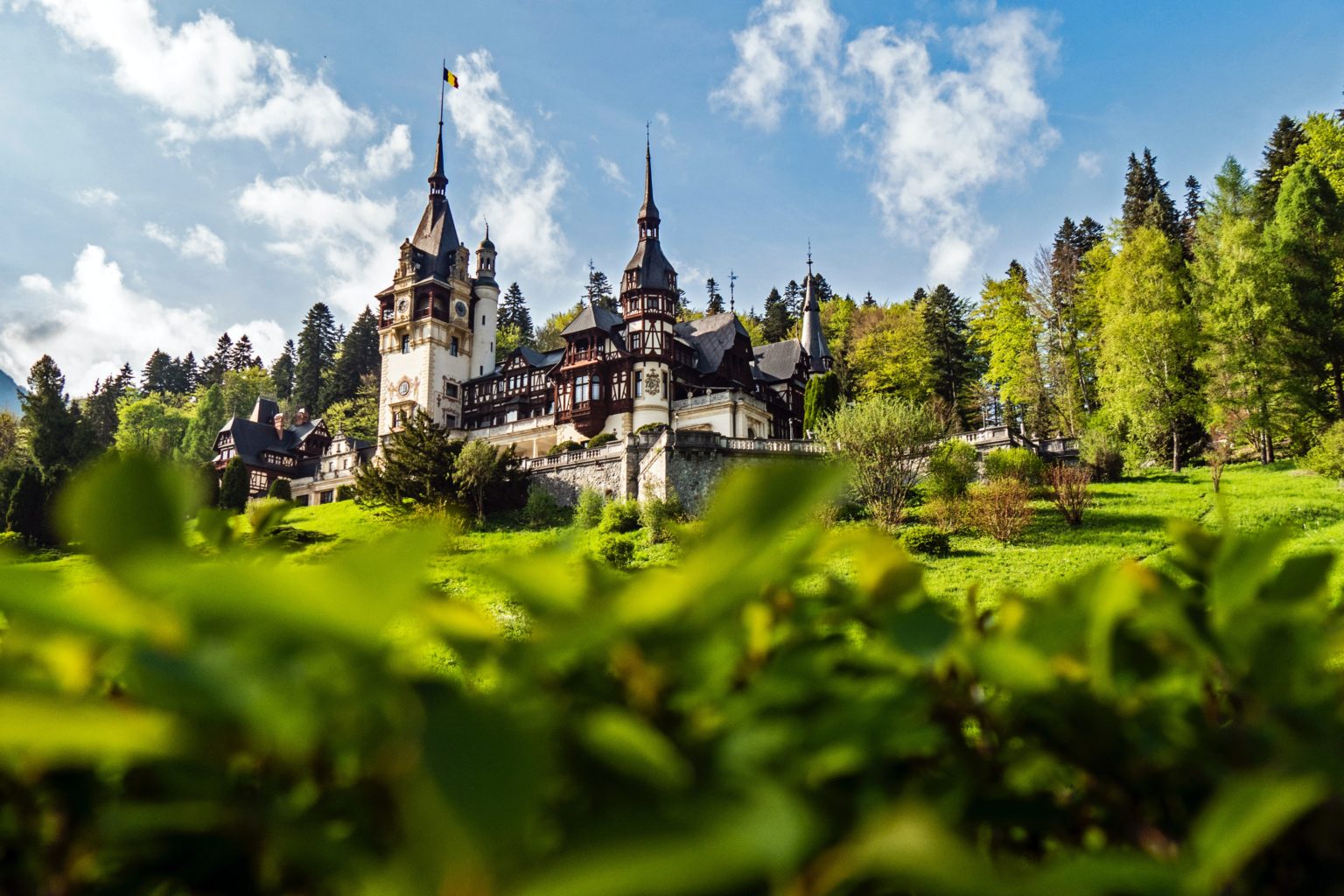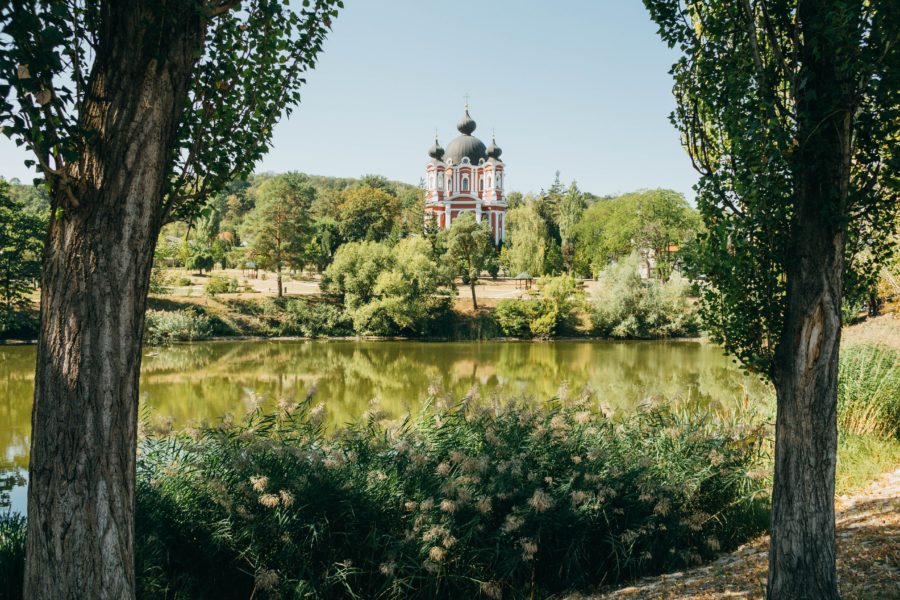
Romania
Romania
Science in Romania
If George Emil Palade had not become a US citizen in the 1950s, Romania's Nobel Prize record would look better. Palade, who was born in Romania, received the award in 1974 in the Medicine and Physiology category for his discoveries on the organisation of the cell. Specifically, Palade was the first to describe the ribosomes, which are used to translate the human genome into proteins.
The Facts
| Population | 19,056,000 [1] |
| Area | 230,080 km² [2] |
| Gross domestic product per capita in US-Dollar | 18,176.0 [3] |
| Public expenditure on education (share of GDP) | 3.7 % [4] |
| Share of female researchers | 46.7 % |
| Universities | 99 |
| Universities per 1 million inhabitants | 5.00 |
| Students | 533,749 |
| Expenditure on Research and Development (share of GDP) | 0.5 (share of GDP) [5] |
Quellen:
-
↑
https://www.destatis.de/DE/Themen/Laender-Regionen/Internationales/Laenderprofile/rumaenien.pdf?__blob=publicationFile
-
↑
https://www.destatis.de/DE/Themen/Laender-Regionen/Internationales/Laenderprofile/rumaenien.pdf?__blob=publicationFile
-
↑
https://www.destatis.de/DE/Themen/Laender-Regionen/Internationales/Laenderprofile/rumaenien.pdf?__blob=publicationFile
-
↑
https://www.destatis.de/DE/Themen/Laender-Regionen/Internationales/Laenderprofile/rumaenien.pdf?__blob=publicationFile
-
↑
https://www.destatis.de/DE/Themen/Laender-Regionen/Internationales/Laenderprofile/rumaenien.pdf?__blob=publicationFile




